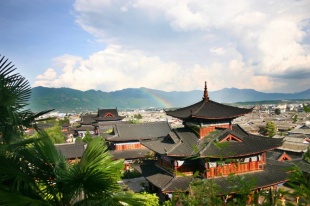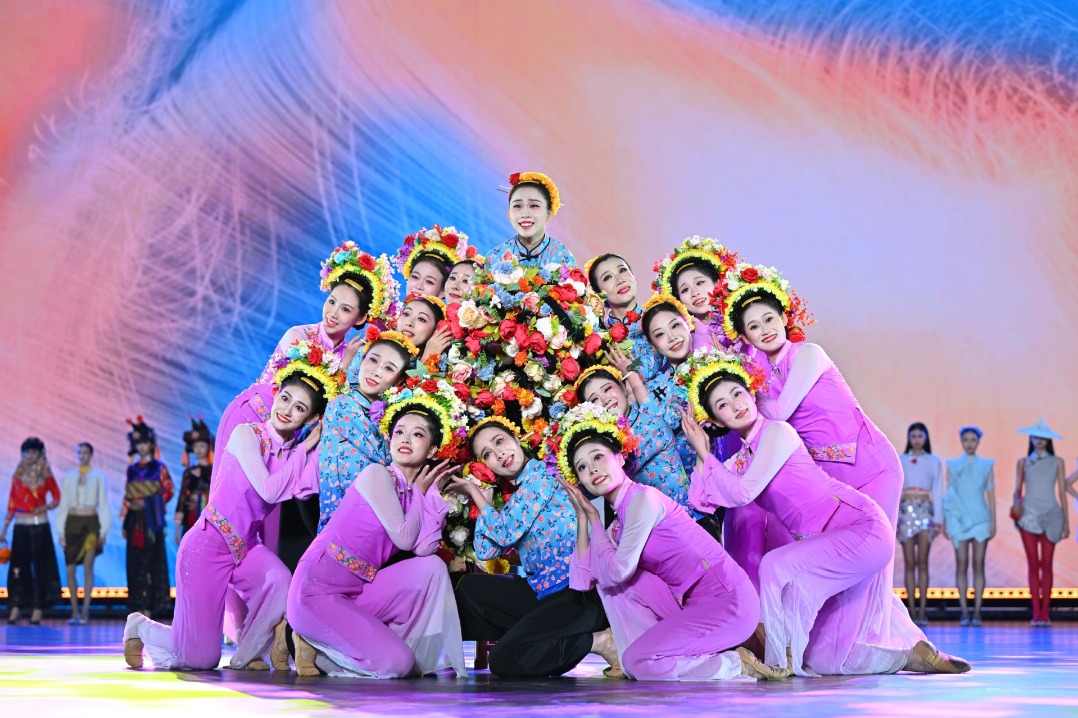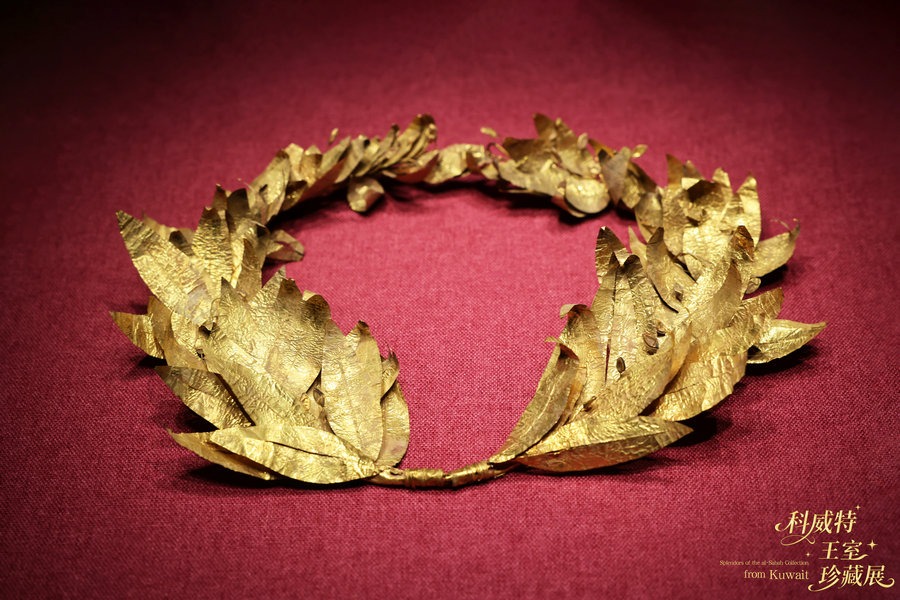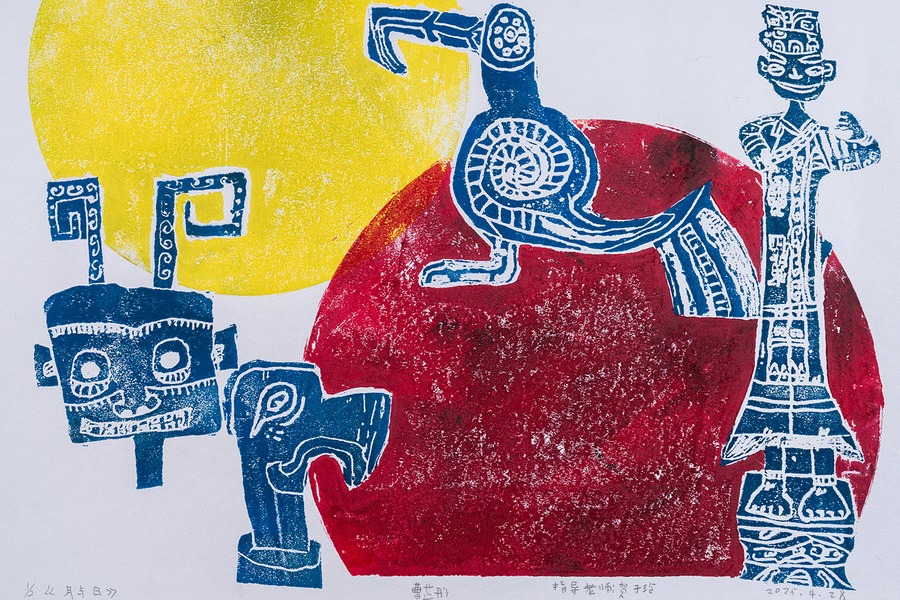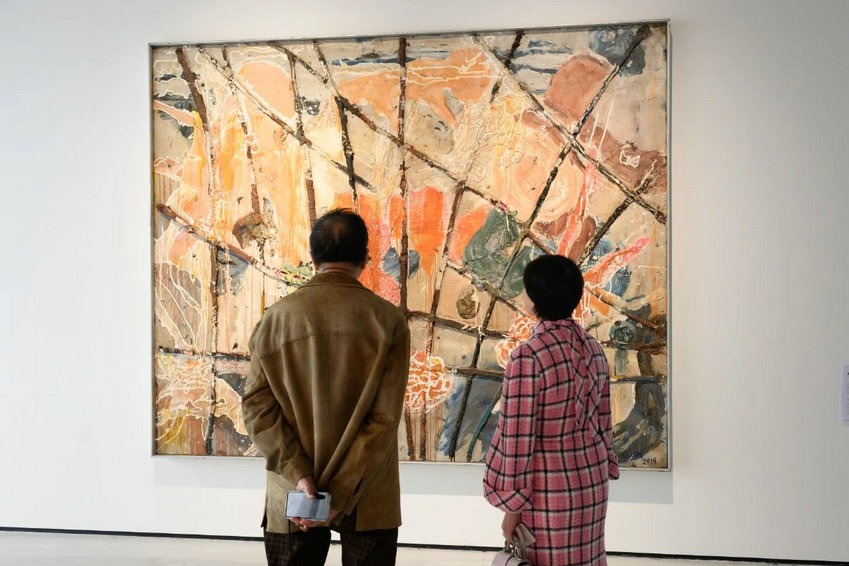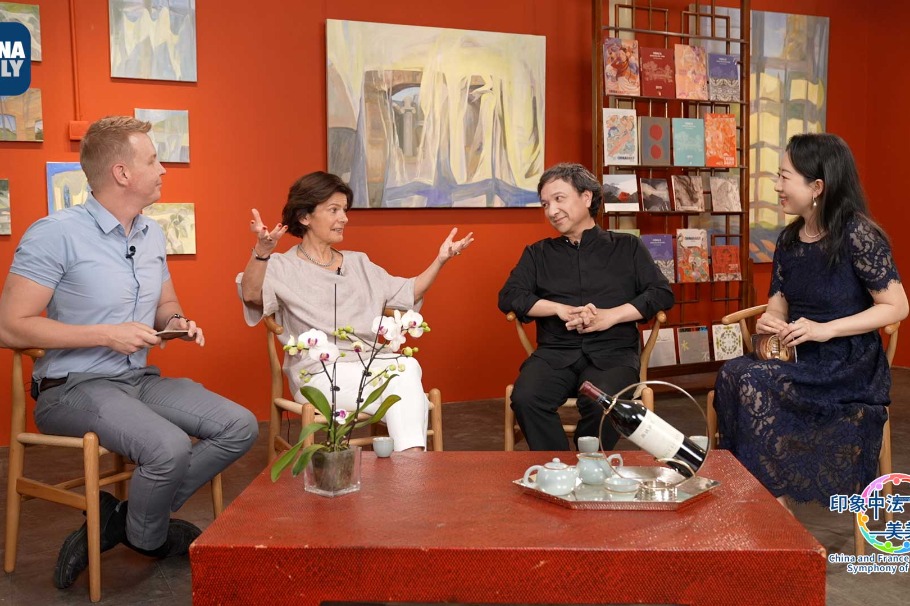Old Town of Lijiang

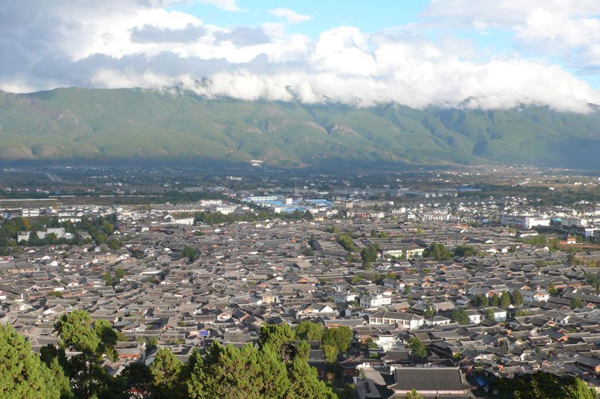
Category of site: Cultural Site
Brief introduction
The Old Town of Lijiang, lying on the Lijiang plain at an elevation of 2,400 meters in southwest Yunnan province of China, is one of the last surviving ancient towns in China. It has been perfectly adapted to the uneven topography of this key commercial and strategic site and preserved a historic townscape of high quality and authenticity. The architecture of the Old Town of Lijiang is noteworthy for the blending of elements from several cultures, and its ancient water-supply system of great complexity and ingenuity still functions effectively today.
The Yulong Snow Mountain to the north-west serves as the source of the rivers and springs, watering the plain and supply the Black Dragon Pond, from where waterways feed into a network of canals and channels to supply the town. This town is made up of three component parts: Dayan Old Town established in the Ming Dynasty as a commercial centre (including the Black Dragon Pond), Baisha housing cluster established earlier during the Song and Yuan dynasties, and Shuhe housing clusters located 4 km north-west of Dayan Old Town. These settlements nestling in mountains and surrounded by water display the blend of local cultures, folk customs and traditions over several centuries. Numerous two-storied, tile-roofed, timber-framed houses integrating elements of Han and Zang architecture and decoration in the arched gateways, screen walls, courtyards and carved roof beams represent of the Naxi culture and are disposed in rows following the contours of the mountainside. Elaborately carved with domestic and cultural elements are wooden elements including pottery, musical instruments, flowers and birds.
This 800-year-old habitation of the Naxi people is noteworthy for its harmony with nature, ingenious architecture and urban facilities. The old town of Lijiang has been a commercial, political and cultural center of the Naxi people and other ethnic minorities for over eight centuries.
It was designated as a town around the beginning the Yuan Dynasty (1271-1368). From 1253 on, the Naxi people of Lijiang developed a unique social system, customs and culture of their own under the rule of a hereditary succession of chieftains of the Mu clan. In the 18th century, the Qing Dynasty rulers implemented a policy of cultural interaction, and the Naxi people adopted the customs of the Tibetan and Han peoples. Despite several earthquakes that afflicted Lijiang, and because of renovation, most of the old town retains its original structure.
Lijiang is surrounded by the snow-covered Yulong Snow Mount. "There are four seasons on one mountain," says a folk song about Yulong Snow Mountain, "and the scenery changes every ten li (five km)." The Lijiang area is known as a treasure house of animals and plants, and a huge natural reservoir. Water flowing down from melting glaciers and snow high in the mountains irrigates the fields and provides water for the residents.
Water, in fact, flows everywhere in Lijiang. Crystal-clear streams wind around all the houses and flow through the courtyards. Stone bridges span the streams. Streets paved with colored stones, including Square Street, are thus kept free from dust and mud in all seasons. The source of these streams is the Jade Spring River, which meanders past the foot of Elephant Hill, north of Lijiang. In addition, there is the White-Horse Dragon Pool and wells sunk around the numerous springs. The local people have made ponds along the courses of the springs. The upper ponds supply drinking water, the middle ponds are for washing vegetables, and the lower ponds are for washing clothes. The spring water that overflows the banks is used for washing the streets.
All over the old town there are unique buildings inspired by and in harmony with Nature. Cultural relics, both tangible and intangible, also abound. In the vicinity of Lijiang there are the Shuhe Folk Residence and Baisha Folk Residence Complex, as well as cultural sites like the Five Phoenix Tower in the Fuguo Temple, the Great Treasure Palace and the Glazed Hall.
The Old Town of Lijiang was added to the list in December 1997.
History
Since the 12th century, the Old Town of Lijiang served as an important goods distribution center for trade between Sichuan, Yunnan and Tibet, and becomes where the Silk Road in the south joins the Ancient Tea and Horse Roads. It turned into a significant center for the economic and cultural communication between various ethnic groups such as the Naxi, Han, Tibetan and Bai. Cultural and technological exchanges over the past 800 years give rise to the particular local architecture, art, urban planning and landscape, social life, customs, arts and crafts and other cultural features integrating the quintessence of Han, Bai, Tibetan and other ethnic groups, and meanwhile display distinctive Naxi features. In particular, the murals in the religious architecture and other buildings represent the harmonious co-existence of Confucianism, Taoism, and Buddhism.
Cultural heritage
Music
Almost all Lijiang counties have their own ensembles of the traditional music, among which the Baihua and Dayan Troupe are the best known. The musicians of the traditional music are mostly advanced in age and experienced in both music and storytelling. They have received the special attention of the government as carriers of the ancient culture of the Naxi people.
The most famous musical piece is the time-honored Baisha Music Suite combining singing, dancing and instrumental music, also known as Bieshixieli, or Beishixili. Other forms of music include the Taoist Scripture Music that originated among the Han people that maintains the rhythms and tunes but has lost forms of classical verse from central China. Various kinds of dance music are also popular in the Lijiang area.
Murals
The renowned murals of Lijiang are to be found in the town, and the 15 temples in the surrounding areas. These murals, dating from the Ming and Qing periods, depict religious themes. A large mural in the Dabaoji Palace in Baisha Village shows a hundred deities and figures of Han Buddhism, Tibetan Buddhism, and Taoism.
Dongba script and language
The most amazing feature of Lijiang is the Dongba script, handed down for generations in the Lijiang area. Also known as the Encyclopedia of the Naxi ethnic group, the scriptures comprise more than 20,000 volumes recording the history and culture of the Naxi people, among which is Cuomo, a description of the stories, steps, costumes, stage props, and musical instruments for several dozen Dongba classical dances.
The language used by the Naxi people in compiling their scriptures is Dongba, the world's only living language that still uses hieroglyphics. Literally meaning "knowledge", it is the main vehicle of the traditional culture of the Naxi people.
Architecture
Lijiang covers an area of 14 sq km, and has over 4,200 households. It is also known as Dayan town, meaning large ink stone, as it is laid out in the shape of a traditional Chinese ink stone.
With Square Street as the central thoroughfare, Lijiang has houses made of stone and wood, combining the architectural features of the Han, Bai and Tibetan ethnic groups, as well as the Naxi.
A typical house has two stories. A row of three main rooms on the ground floor faces south and is flanked on each side by a row of three rooms projecting at right angles and opening inward to form a front courtyard hidden from public view by a wall.
The three main rooms are for the elders, and the side rooms are for the younger members of the family. The roof edges over the gables are embellished with fish-shaped boards, known locally as "suspended fish." In the Chinese language, "fish" and "surplus" sound the same, so the carved fish are a sort of prayer for auspiciousness and wealth. The doorway is decorated with exquisite carvings, and the courtyard is paved with pebbles, colored tiles, or colored bricks. The middle room of the main row has six latticed windows ornamented with designs of flowers, birds and animals. A spacious veranda in front of the main rooms provides a space for the family members to relax in. Almost every household has a flowerbed and a pool in the courtyard.
Folk culture
Lijiang is not only the cultural center of the Naxi people, but also a meeting place for the Han, Tibetan, Bai and Naxi cultures. Ever since the 7th century (during the Tang Dynasty), the Naxi people have cultivated their unique culture through learning from other ethnic groups, including their unique pictographic script, songs, dances and operas.


